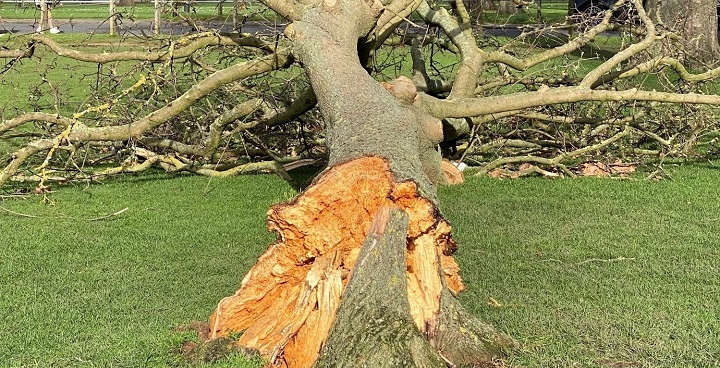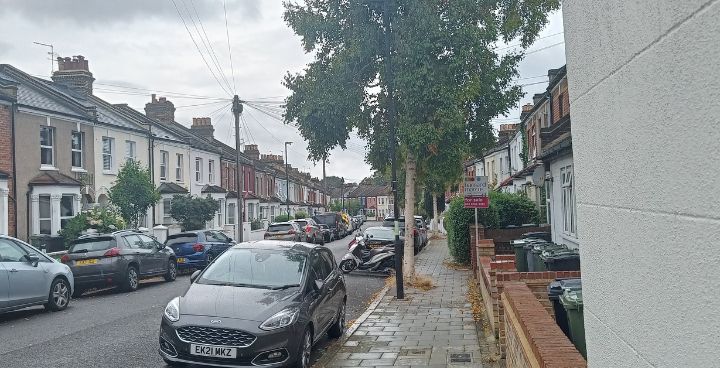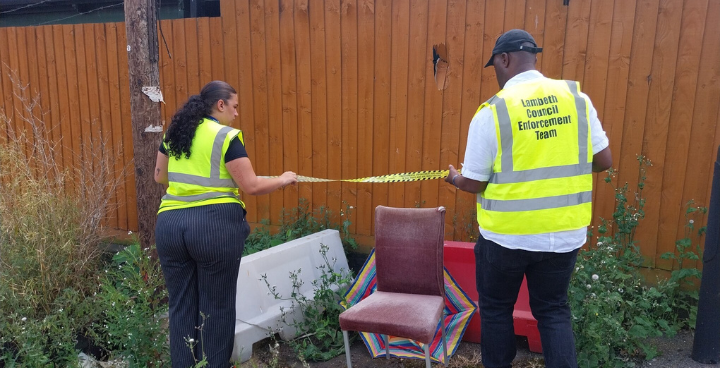
What happens to trees in Lambeth Parks felled by the recent storms? Storms Ciara and Dennis have caused damage right across the country including in our parks and open spaces. The tree pictured on Clapham Common came down following high winds, snapped decisively at the base of the trunk.
Ecological Value
Ajay Joshi of Lambeth Parks team said: “Where we have to remove trees it’s only when there is a clear and justifiable need to protect the public, roads or buildings from significant safety or stability risks, and we always endeavour to replace any trees with specimens and species of equal or greater ecological, landscape and environmental value. If we can, we’ll leave the stumps from large or very old trees in place, which is beneficial for fungi and invertebrates. We also reuse large tree trunks or branches as ‘standing’ or ‘fallen’ dead wood habitat, as part of defensive or landscape features around a particular park or open space, or incorporate them into ‘natural play’ areas for children to explore and enjoy.”
Word from the Cabinet
Cllr Sonia Winifred, Lambeth Cabinet member for Equalities and Culture said: “Trees in our parks, streets and open spaces play a crucial role in combating the effects of climate change and flooding. They contribute significantly to the diversity of the boroughs wildlife and they are a unique part of our cultural and social heritage.”
The circle of life
Simon Millson of Clapham Common Management Advisory Committee (CCMAC) explained what will happen to the storm-felled tree. “Once the ground is less waterlogged, Lambeth Council will cut off branches leaving the trunk. This will be moved to a safe place and, either whole or cut into logs, will become home to insects, such as stag beetles. With these bugs attracting birds and small rodents, the aim is to improve the natural biodiversity across the Common.”
For more information
- For more about CCMAC see their information pages
- For more about Lambeth’s award-winning parks and the work of the Council’s team see our information pages



